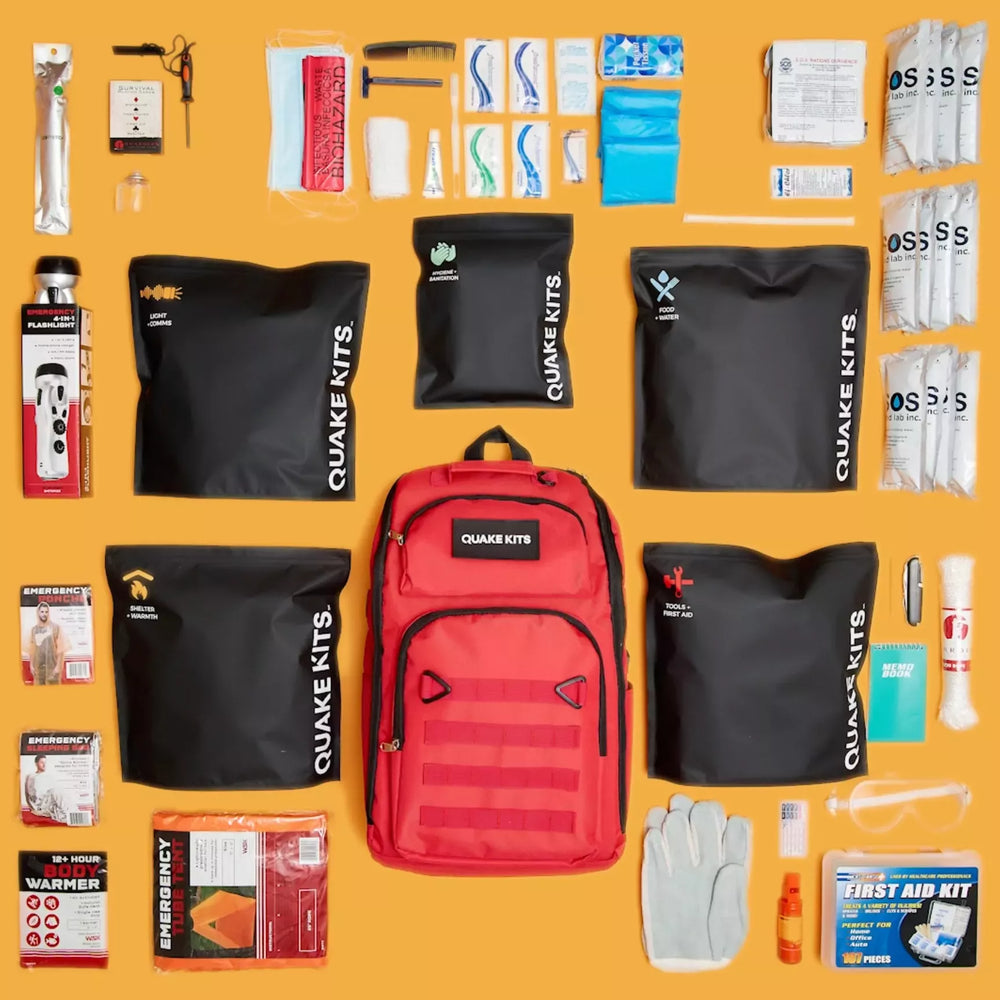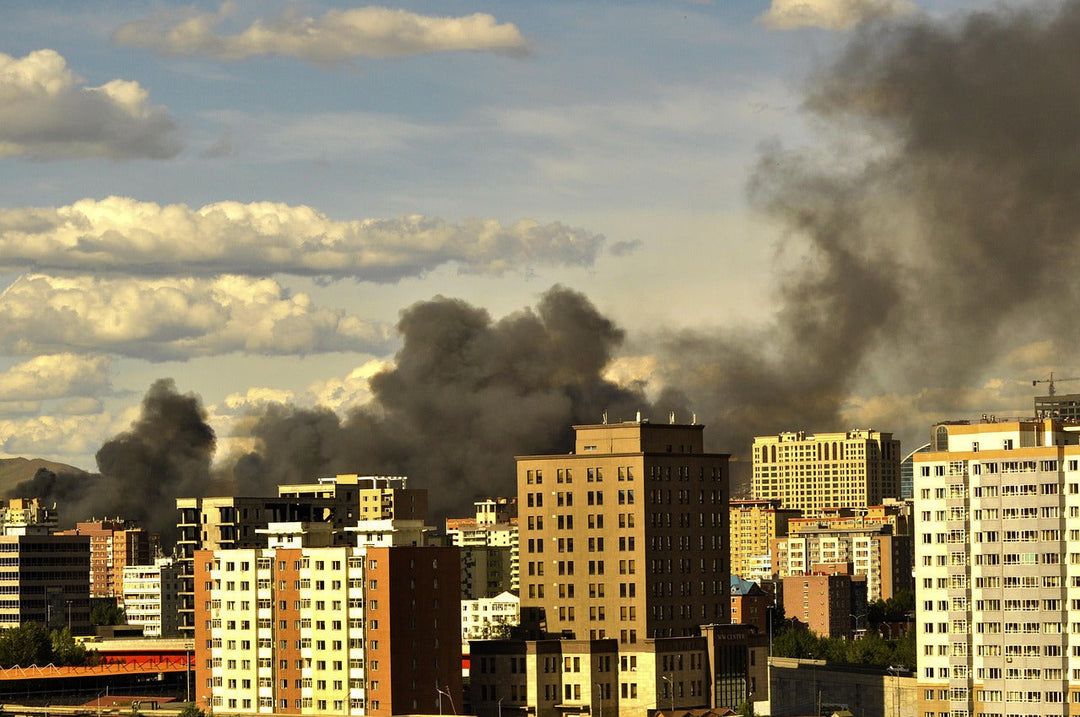Flash Flood Awareness: Stay Safe and Prepared
Flash Flood Awareness: Stay Safe and Prepared
Flash floods are sudden and unexpected, making them one of the most dangerous natural disasters. With increasing frequency and intensity of extreme weather events, it's more important than ever to be aware and prepared. This post covers essential flash flood safety tips, key precautions, and what to do if you find yourself caught in a flash flood.
Understanding Flash Floods
Flash floods occur rapidly due to intense rainfall over a short period, overwhelmed drainage systems, or dam failures. They can happen with little to no warning, transforming a calm weather situation into a life-threatening emergency in minutes. Areas prone to flash floods include urban environments with poor drainage, mountainous regions, and places near rivers and streams.
Flash Flood Safety Tips
1. Stay Informed:
- Weather Alerts: Keep an eye on weather forecasts and heed any flash flood warnings or watches issued by local authorities. Use apps and websites that provide real-time updates. (https://www.noaa.gov/weather)
- Local News: Monitor local news channels and radio stations for emergency updates.
2. Prepare an Emergency Kit:
- Essentials: Include water, non-perishable food, a flashlight, batteries, a first aid kit, and important documents. (Check out our Completely Prepared Kits)
- Clothing and Blankets: Pack extra clothing and blankets in case you need to evacuate quickly.
3. Create an Emergency Plan:
- Evacuation Routes: Identify multiple evacuation routes and have a plan for reaching higher ground.
- Communication: Establish a communication plan with family and friends. Decide on a meeting place and make sure everyone knows the plan.
4. Avoid Flooded Areas:
- Turn Around, Don’t Drown: Never drive through floodwaters. Just six inches of moving water can knock you down, and one foot can sweep your vehicle away.
- Stay Away from Riverbanks: During heavy rain, riverbanks can erode and collapse unexpectedly.
What to Do If You Are Caught in a Flash Flood
1. Seek Higher Ground:
- Move Immediately: If you are outside, move to higher ground immediately. Avoid walking or driving through floodwaters.
- Elevate Indoors: If you are indoors, move to the highest level of the building. Avoid basements and lower floors.
2. Stay Informed and Connected:
- Radio and Mobile Devices: Use a battery-powered radio or your mobile device to stay updated on the flood situation and emergency instructions. (Our 4in1 radio is an excellent hiking companion)
- Social Media: Follow local authorities and emergency services for real-time updates and information.
3. Avoid Hazardous Areas:
- Downed Power Lines: Steer clear of downed power lines and electrical wires. Water conducts electricity, posing a severe risk of electrocution.
- Contaminated Water: Floodwaters can be contaminated with sewage, chemicals, and debris. Avoid contact as much as possible.
4. Follow Evacuation Orders:
- Evacuate Immediately: If local authorities issue an evacuation order, leave immediately. Delay can be dangerous.
After the Flood
1. Wait for Clearance:
- Return Home Safely: Do not return to your home until local authorities confirm it is safe.
2. Check for Damage:
- Inspect Your Property: Look for structural damage, gas leaks, and electrical hazards before re-entering.
3. Document and Report:
- Insurance Claims: Take photographs and document the damage for insurance claims and disaster assistance.
4. Clean Up Safely:
- Protective Gear: Wear protective clothing and gloves during cleanup to avoid injury and contamination.
Conclusion
Flash flood awareness and preparedness can save lives. By staying informed, preparing an emergency kit, creating a plan, and knowing what to do if caught in a flash flood, you can significantly reduce the risks. Remember, safety first: "Turn Around, Don’t Drown!" Stay safe and be prepared for any sudden weather changes.
Stay informed. Stay prepared. Stay safe.






Leave a comment